A seemingly innocuous backyard spark in Los Angeles has unleashed a catastrophic wildfire, rapidly consuming 20 square miles of affluent neighborhoods and leaving devastation in its wake.
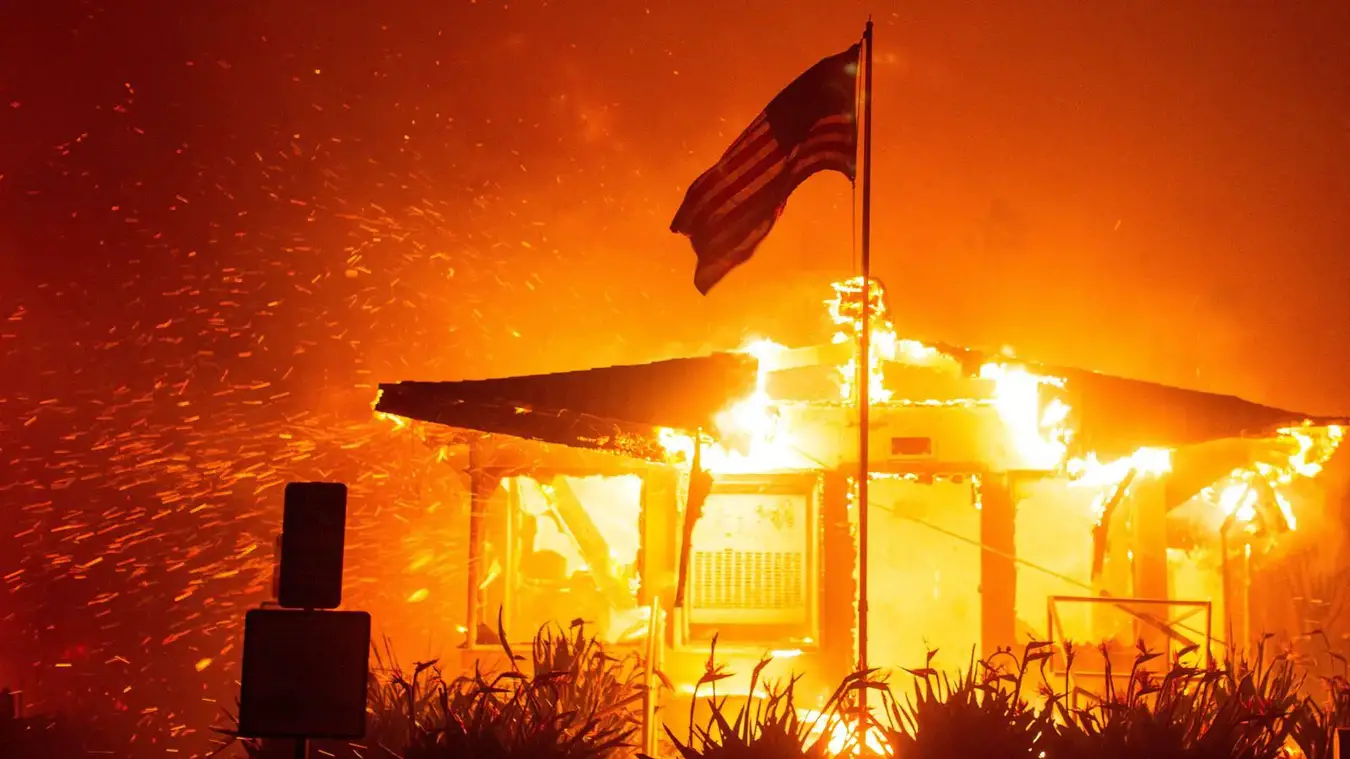
The blaze began as a wisp of gray smoke but swiftly transformed into a formidable inferno, feeding on the region’s dry vegetation. LA Fire Chief Kristin Crowley remarked, “It’s spreading at a speed beyond anything we’ve seen… unlike anything we have seen in our lifetime.”
Compounding the crisis, weather conditions have thwarted containment efforts, rendering the wildfire unstoppable in the immediate future. According to BBC reports, approximately 179,783 residents in Los Angeles County are under evacuation orders, with an additional 200,000 on standby for potential evacuation.
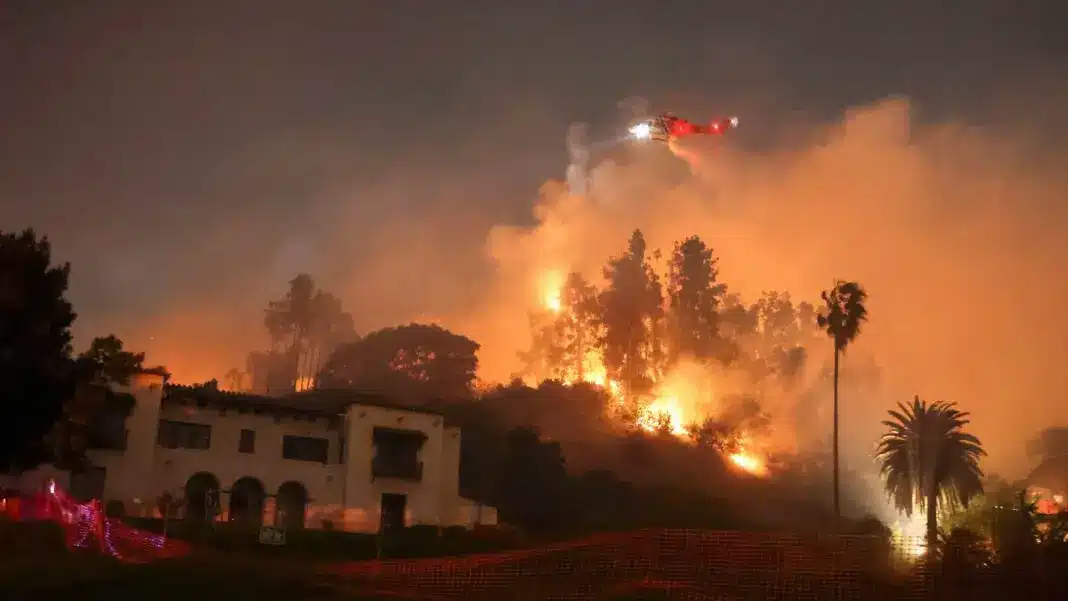
Tragically, the disaster has claimed at least five lives and injured dozens more. The Palisades wildfire, the most extensive of the blazes in southern LA, has obliterated thousands of homes, businesses, and structures. Currently, five active fires are raging across the City of Angels.
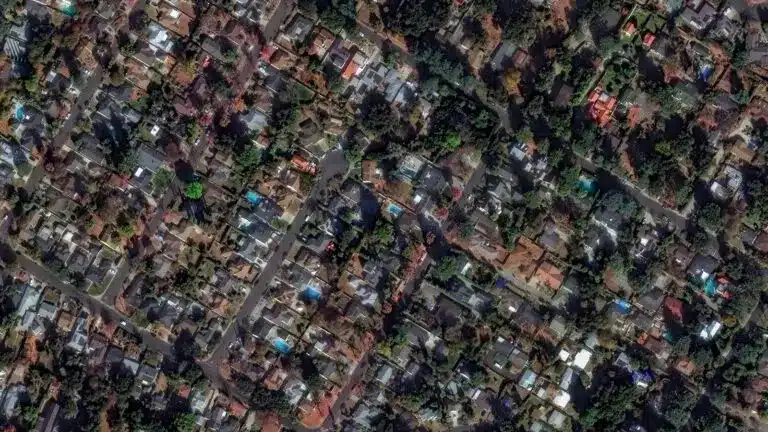
This calamity echoes a forewarning from podcaster and comedian Joe Rogan, who previously recounted a conversation with an LA firefighter. The firefighter had cautioned that a perfect storm of wind and fire could one day devastate LA from inland to the ocean, leaving responders powerless—a grim prophecy now realized.
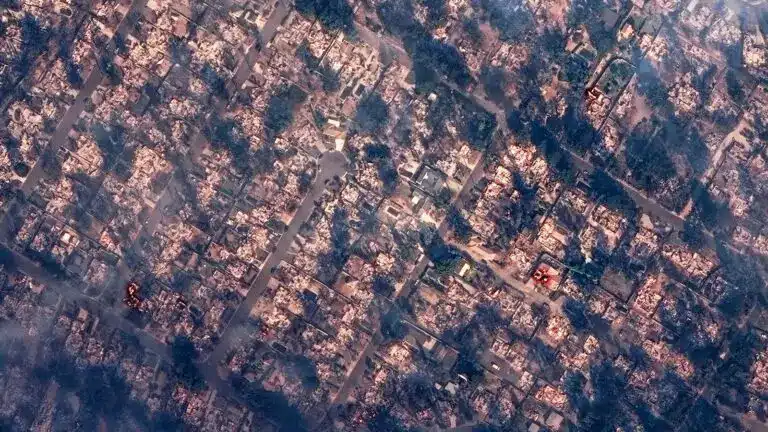
Experts attribute the wildfire’s unprecedented spread not only to adverse weather but also to climate change. The National Oceanic and Atmospheric Administration notes that increased heat, prolonged drought, and a more arid atmosphere have significantly heightened wildfire risks in the western United States.
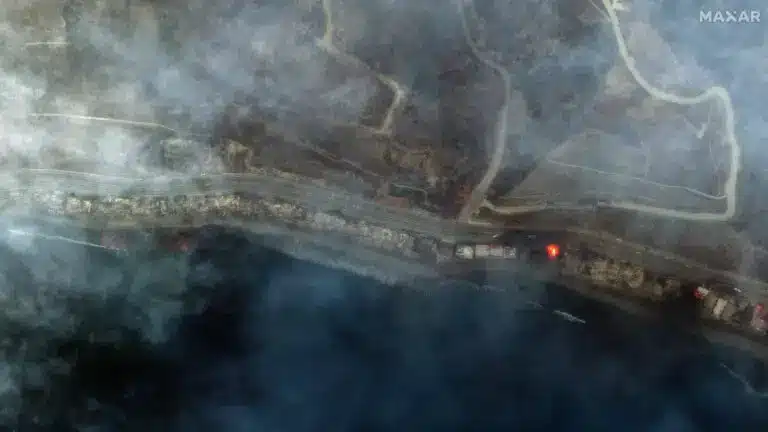
Additionally, last year’s El Niño-induced heavy rains spurred vegetation growth in the Los Angeles area. Over time, this lush growth dried into highly flammable fuel. The situation was exacerbated by the onset of Santa Ana winds—dry, warm gusts blowing inland from the northeast—contrary to the region’s typical cooler Pacific breezes.
As Los Angeles grapples with this disaster, the confluence of human activity and natural forces serves as a stark reminder of the escalating challenges posed by climate change and urban development in fire-prone areas.
